Activity
Do a Balloon Sandbag Science Experiment
Get your child excited for science with this fun balloon experiment. While creating a balloon “sandbag” toy, similar to a rubber stress ball, your young scientist will learn about the scientific concept of plasticizers.
What You Need:
- Funnel
- Sand
- Balloon
- Water
What You Do:
- Give your child a non-inflated balloon and a funnel that fits in the balloon’s opening. Have them put the funnel into the balloon’s neck.
- Help them pour sand into the balloon. DRY sand must be used. Even with dry sand, it can take a while to get the sand into the balloon. A toothpick or stick to poke the sand through the funnel may help the process go faster. Fill the balloon almost (but not all the way) full with sand.
- Ask your child how the balloon feels with sand in it. Notice that it feels hard, like a rock.
- Now have your child fill the rest of the balloon slowly with water through the funnel. Just pour in enough water to cover the sand. You may have to squeeze the balloon to release air first.
- Remove the balloon neck from the funnel. Squeeze the balloon again to release air. Help your child tie a knot in the end of the balloon.
- Now let them see how the balloon feels with water and sand. Notice the different, softer feel the balloon now has! It is now malleable; your child can knead it, play with it, and make it into shapes!
Help your child understand that sand is made of tiny rock crystals, so at first it felt hard like a rock in the balloon. Water softened the sand crystals. Wet sand is a plastic, a material that can be molded. Wet sand can be formed into shapes whether in or outside a balloon (for example when making sandcastles at the beach!).
Did You Know?
A substance that makes a non-plastic into a plastic is called a plasticizer. In this experiment, water was a plasticizer that made the sand flexible.
Related learning resources
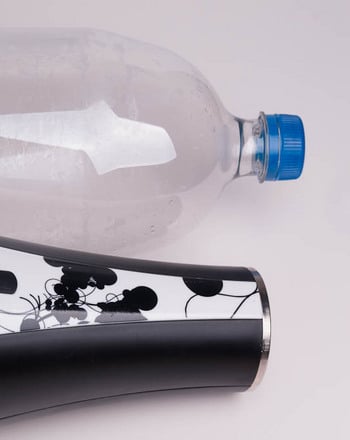
Air Science Experiment
Activity
Air Science Experiment
Here's a quick and easy experiment that proves that air may be thin, but it's not too wimpy to block your shot!
4th Grade
Science
Activity

Design Challenge: Inflate a Balloon
Activity
Design Challenge: Inflate a Balloon
In this exciting design challenge, your child will use design thinking skills to create a mixture that can inflate a balloon.
3rd Grade
Science
Activity
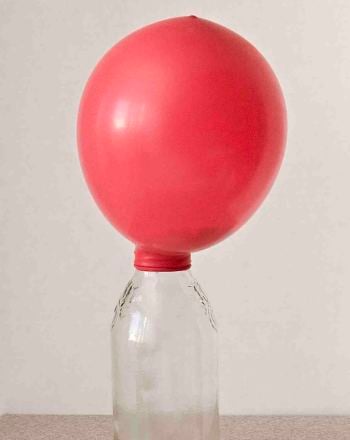
How to Inflate a Balloon Using Baking Soda and Vinegar
Activity
How to Inflate a Balloon Using Baking Soda and Vinegar
Check out this fun science fair project to make a vinegar and baking soda balloon and demonstrate how gas is created as a result of the chemical reaction.
4th Grade
Activity
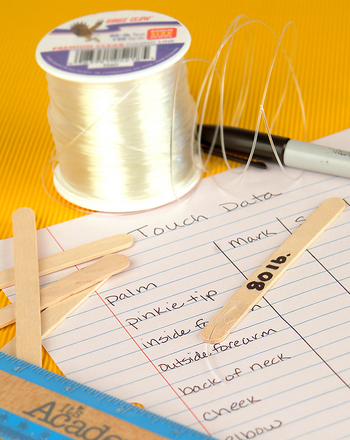
Skin Science!
Activity
Skin Science!
Here's a fourth grade science experiment that lets your child figure it out.
4th Grade
Science
Activity
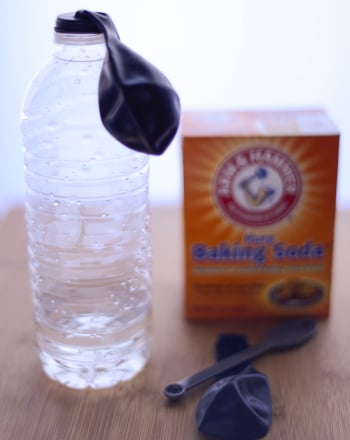
Self-Inflating Balloons
Activity
Self-Inflating Balloons
In this science fair project, kids start a chemical reaction that will make a balloon inflate itself!
4th Grade
Science
Activity
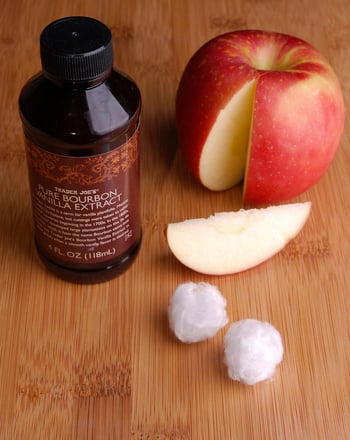
Taste Test Science: Fool Your Tongue!
Activity
Taste Test Science: Fool Your Tongue!
This taste buds science experiment demonstrates how strongly our sense of smell controls what we taste.
Science
Activity
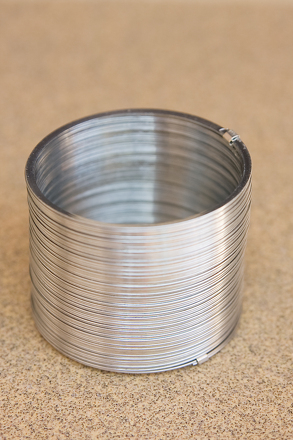
Do-It-Yourself Earthquake
Activity
Do-It-Yourself Earthquake
Learn about lateral earthquake motion and its effect on high rise buildings in this simple 4th grade earth science experiment.
4th Grade
Science
Activity
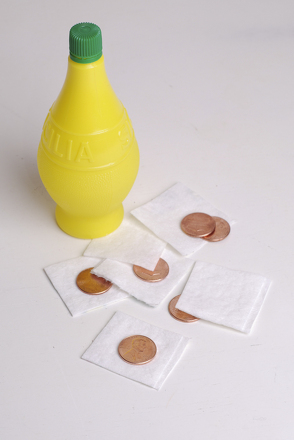
Electric Science: Make a Battery!
Activity
Electric Science: Make a Battery!
Try this chemistry experiment with your curious kid and get some "shocking" results!
4th Grade
Science
Activity
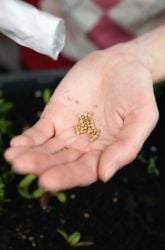
Do Packaged Seeds Expire?
Activity
Do Packaged Seeds Expire?
Find out whether packaged seeds actually do expire in this new science fair project idea.
4th Grade
Science
Activity
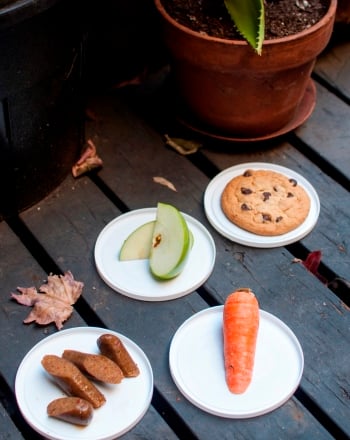
What Do Ants Eat?
Activity
What Do Ants Eat?
What do ants eat? Kids find out by observing a colony of ants in this cool zoology science fair project for 4th grade.
3rd Grade
Activity
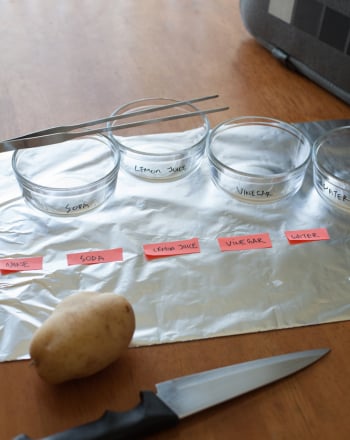
Why Do Apples Turn Brown?
Activity
Why Do Apples Turn Brown?
In this fun science project, learn about what happens to cut fruit and experiment with how to stop apples from turning brown.
4th Grade
Science
Activity
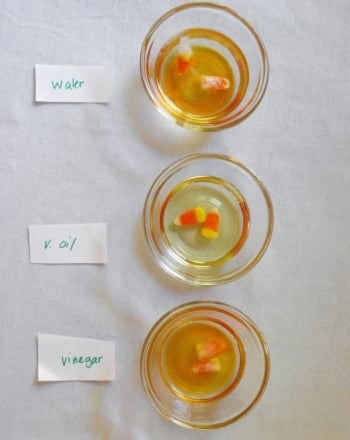
Candy Corn Science
Activity
Candy Corn Science
Young scientists develop a hypothesis, conduct an experiment, and then revise their hypothesis to find out which common household liquids dissolve candy corn.
3rd Grade
Activity



